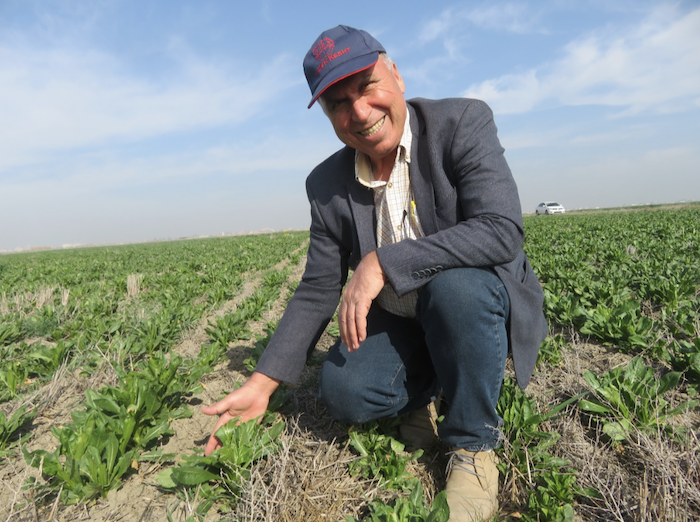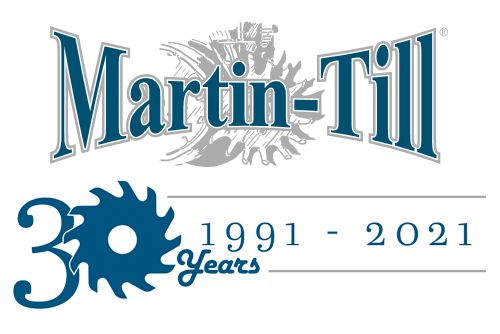
Dr. Mohammad Esmaeil Asadi poses with no-till safflower in wheat residue in the Golestan Province in the northern part of Iran. The area receives less than 12 inches of rainfall annually because it loses roughly 66 inches of moisture per year through evaporation.
The No-Till Passport series is brought to you by Martin Industries.
Since 1991, Martin Industries has designed, manufactured and sold leading agriculture equipment across the U.S. and Canada. Known for Martin-Till planter attachments, the company has expanded to include a five-step planting system, closing wheel systems, twisted drag chains, fertilizer openers and more in their lineup. Their durable and reliable planter attachments are making it possible for more and more farmers to plant into higher levels of residue.







Post a comment
Report Abusive Comment